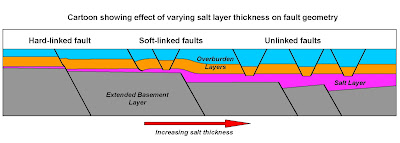The United States Geological Survey recorded two Earthquakes in Moyen-Ogooué Province, Gabon, on Tuesday 27 April 2021. The first, a Magnitude 4.5 Earthquake at a depth of 10 km, occurred roughly 44 km to the southwest of the town of Lambaréné, about 2 minutes before 1.40 am local time (about two minutes before 0.40 am GMT), with the second, a Magnitude 4.7 Earthquake also at a depth of 40 km, which happened about 40 km to the southwest of Lambaréné, happening about two minutes later. There are no reports of any damage or injuries associated with these events, but they are likely to have been felt locally.
Earthquakes are extremely rare in Gabon, which lies over Precambrian basement rocks which for the most part have not been tectonically active since the rifting which separated Africa from South America as the Atlantic Ocean in the Mesozoic. However, the North Gabon Sub-basin is cross-cut by a series of northwest-southeast trending faults associated with this Mesozoic rifting. Movement on these rift zones is now extremely limited, but the area is overlain by extensive evaporite salt deposits, which are structurally weak, and altering the way in which faults propagate.
Because salt deposits are dense and structurally weak, movement on faults below them does not typically propagate upwards though them. Instead, the salt layer will often expand laterally, accommodating the movement of the fault. Eventually, however, this displacement becomes to great for the overburden layer, which leads to the development of new faults in that layer, offset from the faults in the basement. Thus, gradual movements in the basement rock can be translated into sudden, shallow faulting in surface layers, which we experience as Earthquakes.
See also...



Follow Sciency Thoughts on Facebook.
Follow Sciency Thoughts on Twitter.






